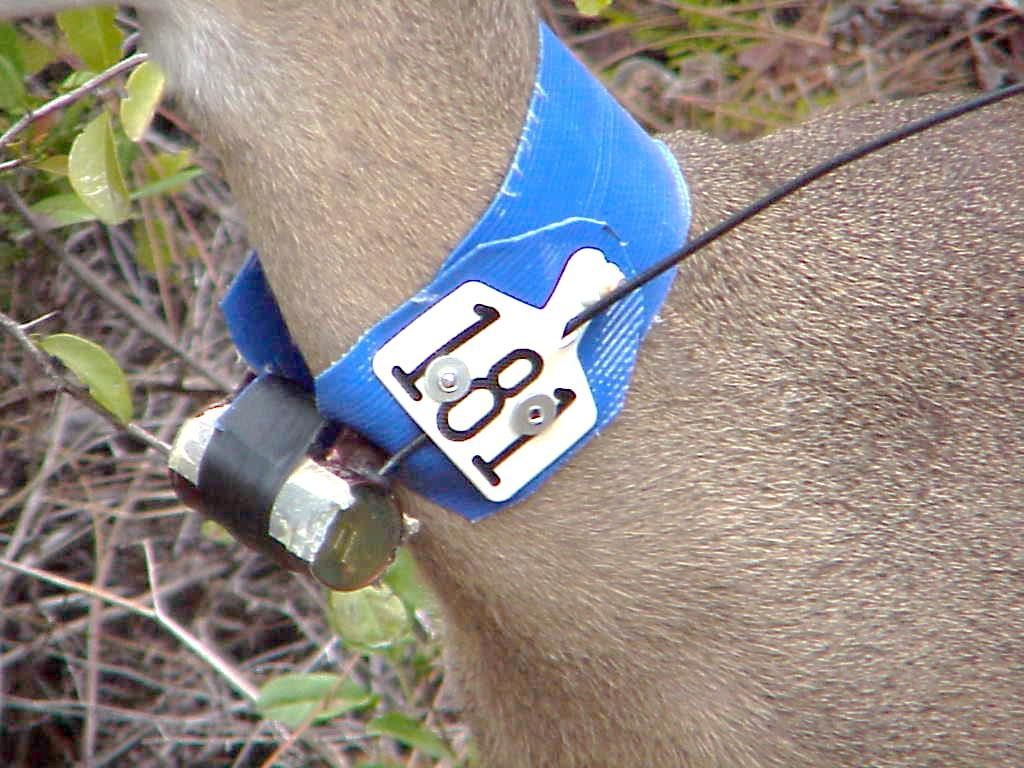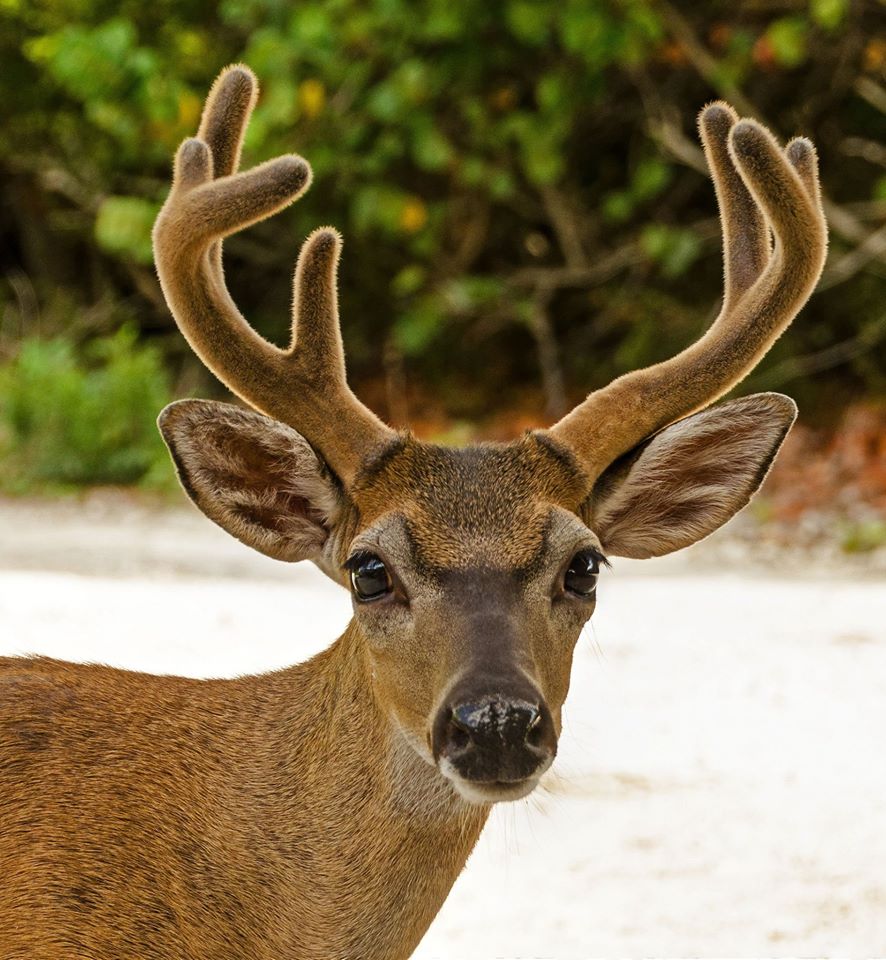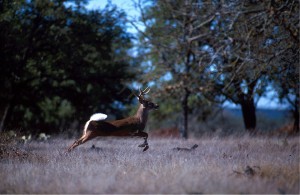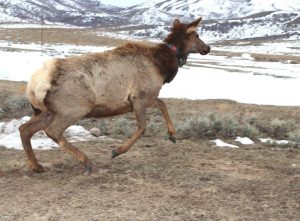After being ravaged by the screwworm infestation through the months of September and October, the U.S. Fish and Wildlife Service (FWS) and their partners have officially begun their effort to attach a number of radio collars to female key deer.
Starting this month, the goal will be to capture and collar 30 female deer using a variety of different methods. Three methods will be employed by FWS including the use of drop nets, portable drive nets and hand captures as researchers are looking to monitor the female key deer population entering the fawning season. While the inter-agency effort to eliminate screwworms in the Florida Keys has had significant success, it has yet to be declared officially eradicated.

Laying their eggs in the open wounds of warm-bodied animals, the larvae of screwworms begin to feed on the living flesh of the host shortly after they hatch. As can be expected, fawns can be particularly vulnerable to this type of infestation, one that could lead to the death of the animal if not properly treated.
The placement of these radio collars is believed to allow, when needed, the administration of preventative treatments or to facilitate the transportation of animals into a quarantined location. In addition to providing protection against screwworm outbreaks, officials also plan to utilize the data to estimate and evaluate population numbers in the lower keys.
Featured Image: Florida Keys National Wildlife Refuges Complex




